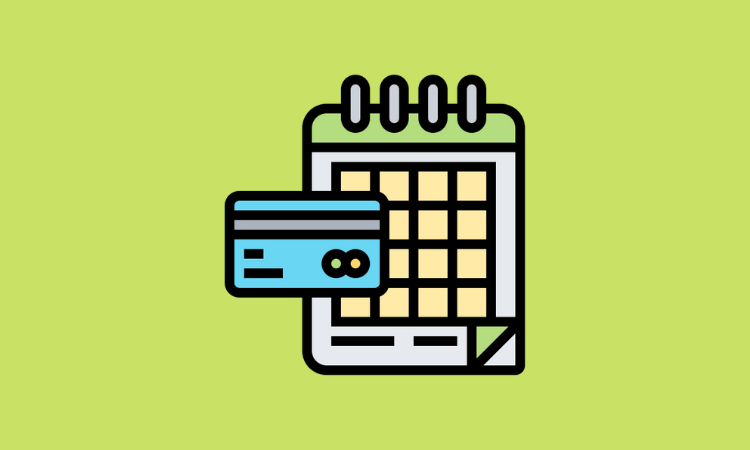Member Exclusive, Online Lenders
Early wage access providers see usage spike during pandemic
- In the wake of the pandemic, some early wage access platforms are reporting increased activity as consumers cover unforeseen expenses.
- With their upfront fees, on-demand pay solutions are promoted as payday loan alternatives, but some say they don’t encourage good financial habits among users.








